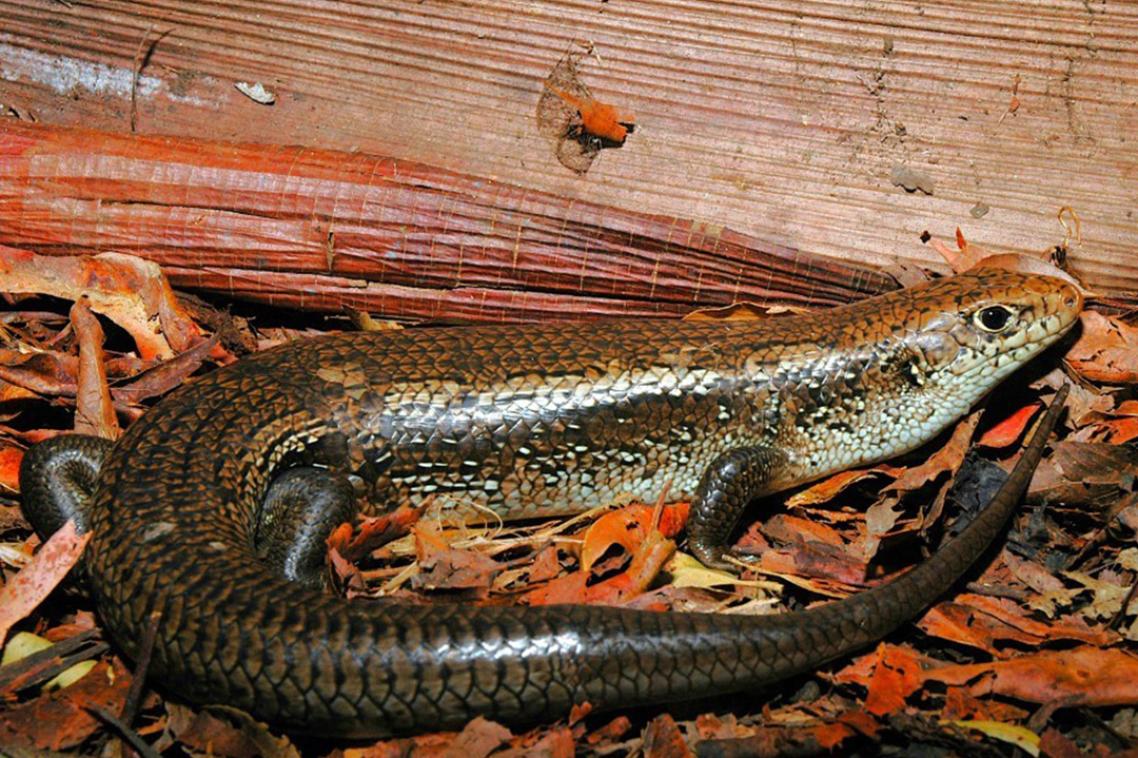Face software shines light on terrorism
A smile, frown or a bad hair day has been enough to stump even the best face recognition systems in busy public areas, until now.
University of Queensland computer experts have built a software prototype that identifies faces in real-time under varying lighting conditions and with different facial expressions such as smiles and frowns.
Still or video cameras feed the computer software which represents key facial features such as bone structure, face width and the distance between eyes.
The project leader Professor Brian Lovell, the Director of Engineering programs at UQ’s School of Information Technology and Electrical Engineering (ITEE), said the system reduced a face to a small set of numbers.
“There are many systems out there, but their typical failing is that they work in a lab, but don’t scale well to crowded airports and train stations,” Professor Lovell said.
“The claim to fame with our system is that you can put just one photo in and it will recognise that same person under a wide range of lighting and facial expressions.”
“If you take a reasonably good photo of a person, it would recognise them even if half the face was in shadow.”
The UQ software, which has been built by ITEE PhD students over five years, has been trialled successfully on still images and video.
The latest PhD student to work on the system, Ting Shan, is modifying the software so it can recognise several faces at a time from different angles so people don’t have to stand straight-on to the camera.
Professor Lovell said Australian passport photos insisted on closed mouths in pictures because the system was sensitive to photos showing teeth.
But he said the UQ system was more robust and could detect faces whatever the expression, even beards and glasses were not a challenge.
He said the UQ software could eventually be installed in airports, shopping centres, or other public places to prevent terrorism attacks.
This software is one of many new approaches to identifying threats in public spaces by Australia’s new National Information and Communications Technology Centre (NICTA).
Professor Lovell, leads the Smart Sensors group of NICTA’s Queensland arm, which uses technology to improve the security of public infrastructure such as the power grid, pumping stations, airports.
Media: Professor Lovell (07 3365 4134), Ting Shan (0402 684 691) or Miguel Holland at UQ Communications (3365 2619)
Related articles
Dodging banana diseases is value for money

How Aussie skinks outsmart lethal snake venom
Media contact
UQ Communications
communications@uq.edu.au
+61 429 056 139
